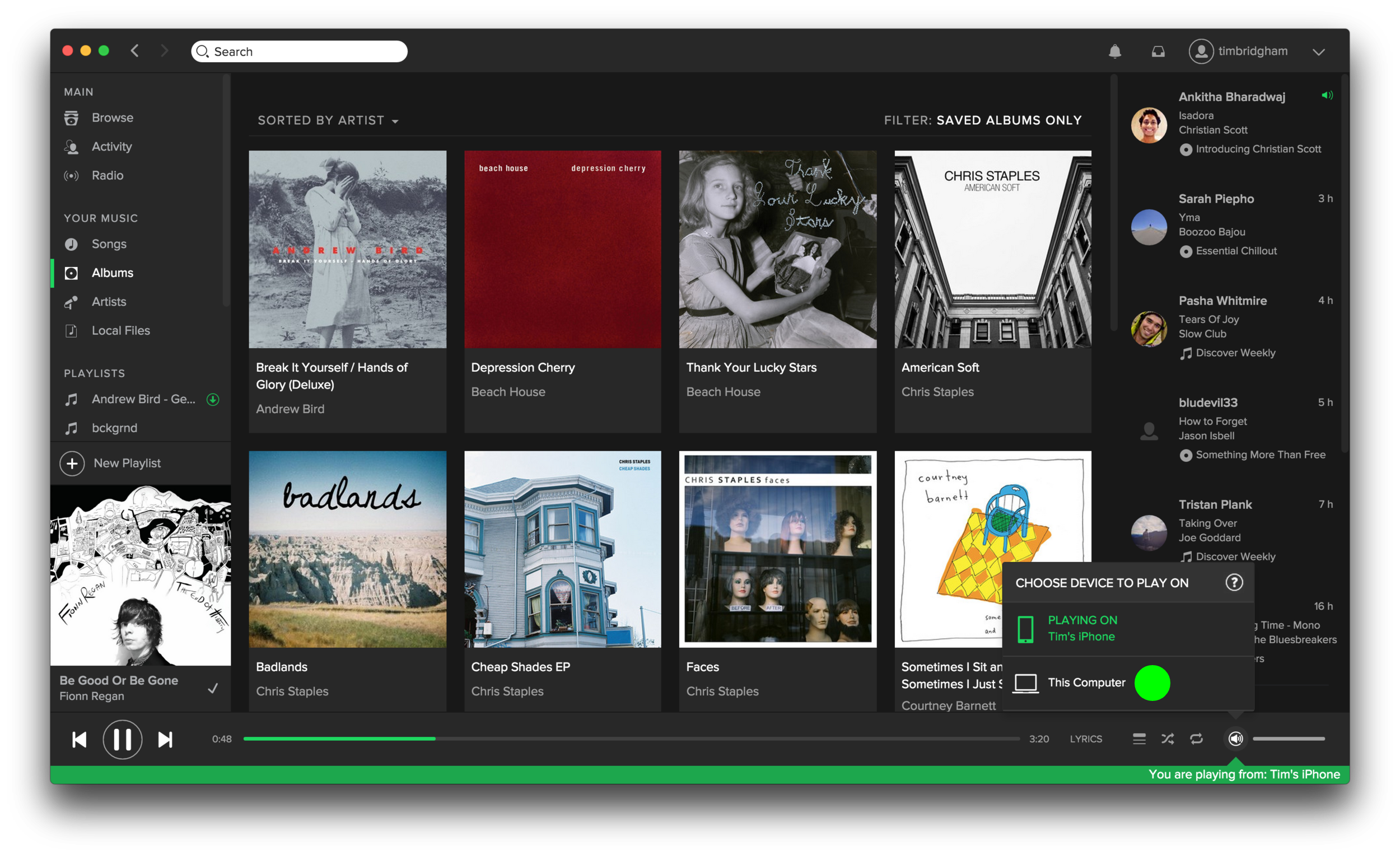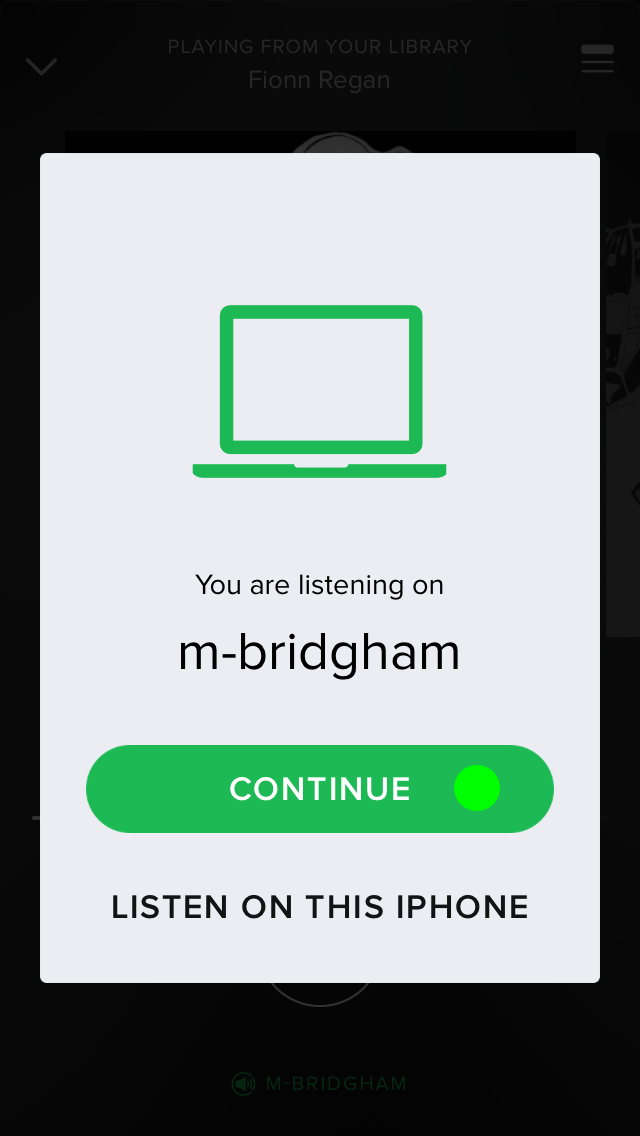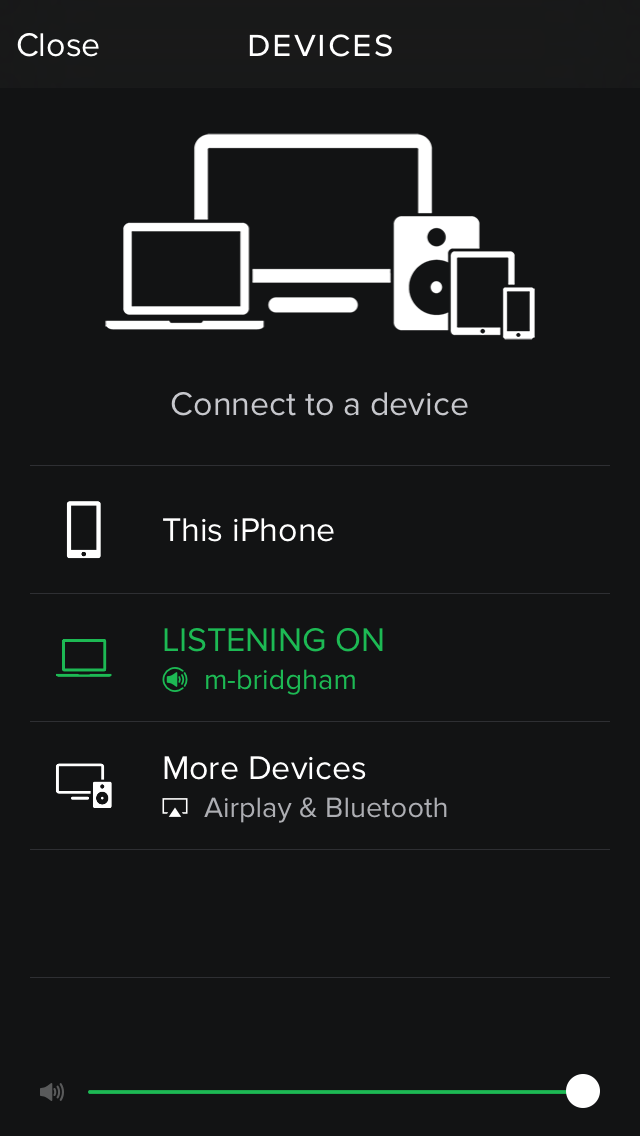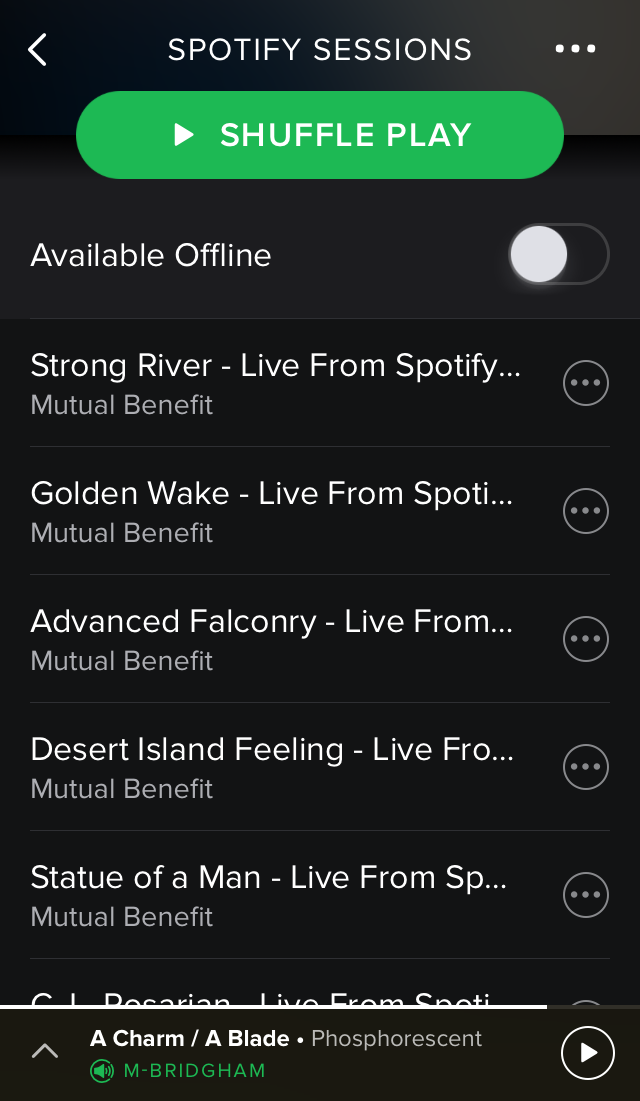“User experience; it’s every day.”
Last year I had the privilege to sit down and talk UX with Sarah Nagle, the Senior Manager for Design Insights at REI. Sarah helped launch a team at REI that engages with either existing or targeted customers to gain insights that contribute to the design choices behind what REI is making. She and her team strive to go out into the field; to go to people’s homes, go backpacking with them, go camping with them, sit around the fire with them to really “understand how they use products and how REI can make them better.”
Sarah Nagle, Senior Manager for Design Insights at REI
One fairly recent project Sarah and her team assisted with was the launch of the new REI line evrgrn. Evrgrn launched “with a new generation of outdoor enthusiasts in mind, people who experience nature in a variety of environments, from woodsy campgrounds to less traditional ‘outdoor’ venues, like music festivals and backyard barbecues.” Sarah explained to me that the team went out, long before any products were made, to interact with this new customer to understand the different ways they “camp.” With the insights they gained they set out to make great products that produce great experiences. You can read more about the launch of evrgrn here.
One goal I had in chatting with Sarah was to learn more about design insights, a field that is growing in interest to me. The other goal was to create an audio story as part of my education. Sarah and talked for about 35 minutes and I created a short (just over) 2 minute audio piece reminiscent of a something you might hear on NPR.
One of the biggest takeaway from our conversation was Sarah explaining a key philosophy behind how REI creates products. “We have these expectations around how people do certain things but you can’t build products around expectations or what we think. We need to go out and talk to people.”
--UPDATE--
In March the Seattle Times did a showcase of Sarah as a part of their Cool Jobs series. You can read the article here.




















